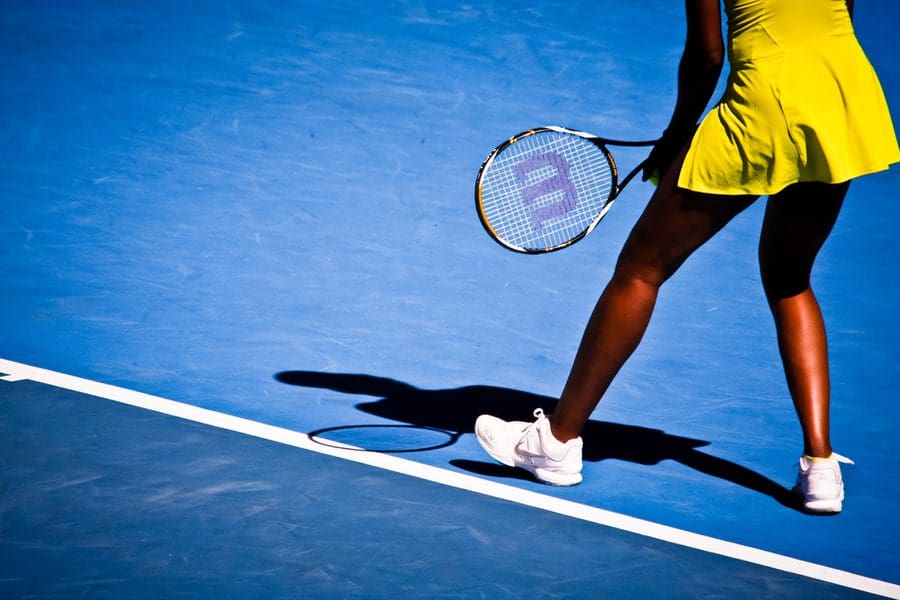Elite athletes dominate their sports by training as effectively as possible. You can improve athletic performance fast by paying attention to how the pros increase their agility and build muscles. Learn from athletes and commit to training more than once or twice a week. Start with the right warmup to prepare your body for maximum performance. Then use these tricks that will take your fitness to the next level.
Learn the right moves.
There’s a reason athletes devote thousands of hours to learning and polishing their skills. They know training efficiency and performance will suffer if they don’t make the right moves. Take time to learn the correct technique for full-body strength gains when you train.
Take advantage of compound movements.
The more muscles you use, the more muscle you’ll build. Focus on compound movements such as squats, power cleans, deadlifts, and overhead presses. Trainers recommend the front squat because it puts you in the upright posture you’ll use for most starting stances in sports.
Relax muscles with myofascial release.
Tight glutes will limit your ability to jump, squat and bend. Do deep-tissue work with myofascial release before workouts to get tight muscles to relax. Use a foam roller or massage stick, lacrosse ball or softball to make smooth passes over an area where you feel a knot. Roll out that point a little to get that specific muscle to relax. Use myofascial release are workouts for recovery.
Activate your muscles.
Activate muscles after self-myofascial release by using a band for a vertical pull. Your muscles will react to the band’s resistance by contracting and stabilizing joints. Stand on a band and grab it with two hands. Raise the band up over your head and then drop the arms to midlevel to form a T. Lift your arms back up overhead and do an overhead shrug. Lower your arms back to mid-level. Repeat.
Improve athleticism with jumps.
Movements that are explosive will improve your game. Work on jumping and landing mechanics that will boost performance in sports that have a vertical component such as basketball and volleyball. Try squat jumps, quick vertical jumps and box jumps to improve your athleticism.
Go easy on HIIT.
HIIT has a place in your training plan, but it shouldn’t be the only part of your workout. Athletes use high-intensity training
periodically to improve cardiovascular function, but they don’t overdo it. Using HIIT too often can increase the risk of injury risk and spike stress hormones.
Drink more water.
Drinking enough water is critical if your muscles are going to function optimally during exercise and sports. Beneath the surface of the skin lies connective tissue that stabilizes muscles and other internal organs. Letting yourself get dehydrated allows sliding surfaces between that fascia tissue and other structures to become glued down and restrict movement.
Pay attention to rest between movements.
Adequate rest between movements will ensure full recovery and allow you to operate at a higher level. Take into account the speed and quality of your athletic performance to figure out how long to rest.
Make your post-workout recovery active.
Follow up your workout with brief, low-intensity extras such as going for a walk or a 15-minute dynamic warmup. You’ll increase blood flow and speed recovery for your stiff, sore muscles. The last thing you want to do after exercise is to stop cold.
Get some sleep.
Sleep is your key recovery weapon. Sleeping puts you into the anabolic muscle-building state when growth hormones are released. Aim for a quality night’s sleep between seven and nine hours.






